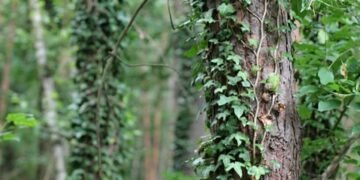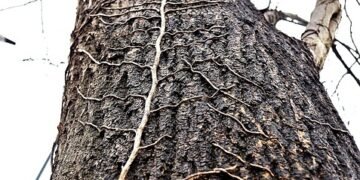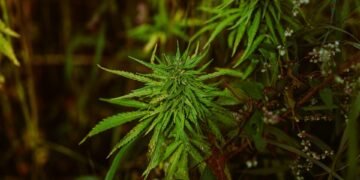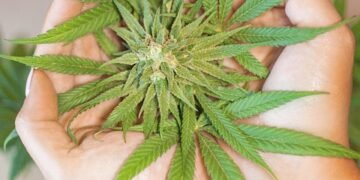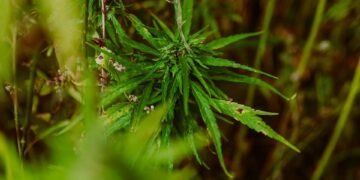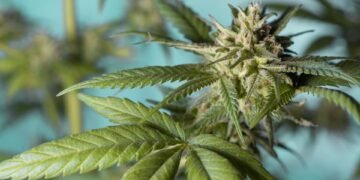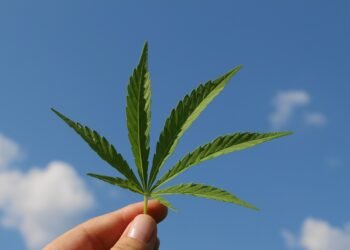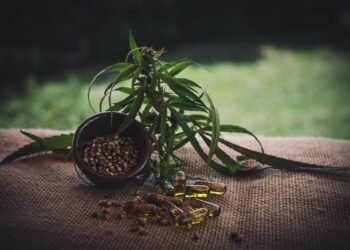Optimizing Cannabis Growth: The Ultimate Guide to Ideal Growing Conditions
Introduction
Cannabis cultivation has become increasingly popular as more states and countries legalize the plant for medical and recreational use. Whether you’re a seasoned grower or a beginner looking to start your own cannabis garden, optimizing the growth of your plants is crucial to achieving a successful harvest. In this ultimate guide, we will explore the ideal growing conditions for cannabis and provide tips on how to maximize the yield of your plants.
Choosing the Right Strain
Before you start growing cannabis, it’s important to choose the right strain for your needs. Different strains of cannabis have different growing requirements, so make sure to research the characteristics of each strain before making your selection. Some strains are more suited for indoor growing, while others thrive in outdoor environments. Consider factors such as the plant’s height, flowering time, and cannabinoid content when choosing a strain.
Lighting
Light is one of the most important factors in cannabis growth. Cannabis plants require a minimum of 12 hours of light per day to enter the flowering stage. If you are growing indoors, invest in high-quality grow lights that provide the full spectrum of light needed for optimal growth. LED lights are a popular choice among cannabis growers due to their energy efficiency and ability to mimic natural sunlight.
Air Circulation
Proper air circulation is essential for healthy cannabis growth. Good ventilation helps prevent mold and mildew from forming on your plants, as well as ensures that carbon dioxide is evenly distributed throughout the growing area. Consider using fans or installing an exhaust system to maintain optimal air circulation in your grow room.
Temperature and Humidity
Cannabis plants thrive in temperatures between 70-85 degrees Fahrenheit during the day and 55-70 degrees Fahrenheit at night. Humidity levels should be kept between 40-60% during the vegetative stage and 40-50% during the flowering stage. Monitor temperature and humidity levels regularly to ensure that your plants are in the optimal growing conditions.
Watering and Nutrients
Proper watering and nutrient management are essential for cannabis growth. Overwatering can lead to root rot, while underwatering can cause nutrient deficiencies. Use a pH meter to monitor the acidity of your water and aim for a pH level between 6.0-6.5 for optimal nutrient absorption. Additionally, use a balanced fertilizer that contains essential nutrients such as nitrogen, phosphorus, and potassium to promote healthy growth.
Pruning and Training
Pruning and training your cannabis plants can help improve airflow, increase light penetration, and promote bud development. Remove any yellowing or dead leaves to prevent disease and pests from spreading. Consider using techniques such as topping, low-stress training, and defoliation to shape your plants and maximize their yield.
Pest and Disease Control
Pests and diseases can wreak havoc on your cannabis plants if left untreated. Keep a close eye on your plants for signs of infestations, such as yellowing leaves, holes in the leaves, or webbing. Consider using organic pest control methods, such as neem oil or insecticidal soap, to keep pests at bay. Additionally, practice good hygiene by regularly cleaning your grow room and tools to prevent the spread of diseases.
Harvesting and Curing
Harvesting and curing your cannabis properly is essential for preserving the flavor and potency of your buds. Harvest when the trichomes are cloudy and amber in color for the best taste and effects. Hang your buds upside down in a dark, cool, and well-ventilated area to dry them slowly. Once dry, trim the buds and place them in airtight containers to cure for at least two weeks, burping the jars regularly to release excess moisture.
Conclusion
Optimizing cannabis growth requires attention to detail and a commitment to providing your plants with the ideal growing conditions. By selecting the right strain, providing adequate lighting, air circulation, temperature, and humidity, as well as proper watering and nutrients, pruning and training your plants, controlling pests and diseases, and harvesting and curing your buds correctly, you can maximize the yield and quality of your cannabis crop. Follow the tips outlined in this ultimate guide to achieve a successful harvest and enjoy the fruits of your labor.
Remember, growing cannabis is a rewarding but challenging endeavor, so be patient, attentive, and willing to learn from your mistakes. With practice and dedication, you can become a successful cannabis grower and produce high-quality buds that will impress even the most seasoned connoisseurs.



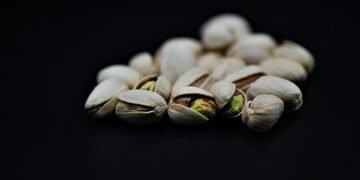

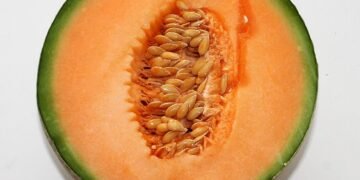







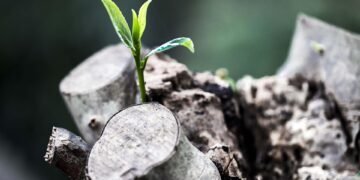




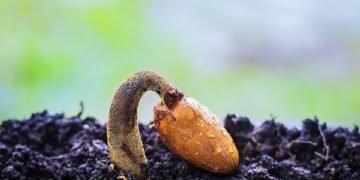

![The Mind-Blowing Effects of [Cannabis Strain]](https://cannabisdailyguide.com/wp-content/uploads/2025/10/tree-4138799_960_720-360x180.jpg)


